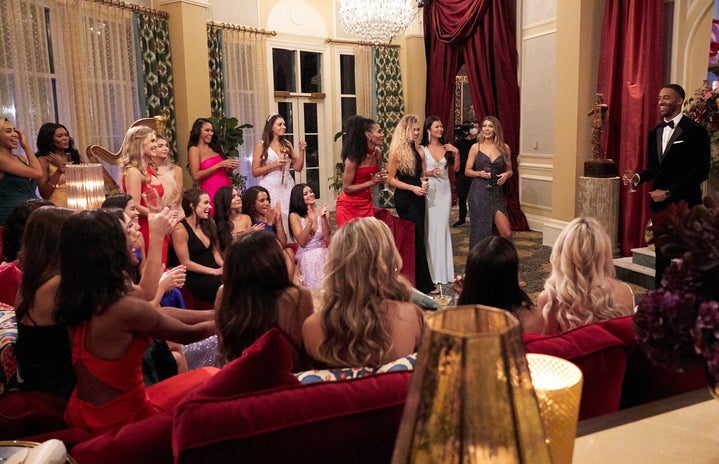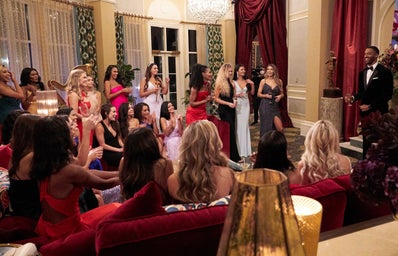After watching the finale of the 27th season of ABC’s “The Bachelor,” I reflected on the series’ recent whirlwind of racism scandals and the fact that the two final women standing still looked more or less the same as they have for the past 27 seasons: white, very skinny and conventionally attractive. After asking Chris Harrison to step down, the long-term show host until 2021, for defending a contestant who posed at an Antebellum Plantation-themed party, one would think the franchise would make a change.
However, after all these years, viewers still see the exact same white-washed love story being told over and over again. In the words of Natasha Scott, co-host of the podcast ‘2 Black Girls, 1 Rose,’ the series “continually operates in a formulaic fashion in terms of whose stories get highlighted and whose stories are told” as reported by the Washington Post. This is especially concerning when considering The Bachelor’s role as one of the longest running and most popular dating reality TV shows, inspiring others like “Love is Blind” and “Temptation Island” in its 21 years on the air. It is time to expand this story to represent people who do not all look alike.
It took “The Bachelor” 15 years to announce a Black lead with Bachelorette Rachel Lindsay in 2017, and it wasn’t until 2020 that we saw the first Black Bachelor, Matt James. This comes as an extra shock when we consider that ABC was sued in 2012 for discriminating against two men who auditioned for the show. The case was dismissed, but it pointed to a more significant racial issue that they have only taken baby steps to remedy in the following years. Past seasons of the franchise have featured anywhere from zero to four women of color as contestants, which is an embarrassment.
Even when Black contestants are featured, 59% of them leave the show in the first two weeks. Regarding body diversity, the show has featured two plus-sized contestants across all seasons. Both women went home on night one. As Women’s Health Mag cites, long-term fan Rachel Patenaude describes the show’s narrative as, “there is no possible way to connect with someone larger than a size 8.” As a trendsetting show with such a broad audience, shouldn’t they display how everyone can find love?
While the producers can’t control who their lead sends home, casting significantly more diverse contestants would be the place to start followed by selecting leads they can confirm do not have extremely narrow preferences. In fact, past bachelorette Katie Thurston revealed on her Instagram story in 2022 that she specifically requested men with “teddy bear bodies or men who weren’t your conventional gym type.” Additionally, Matt James, the first Black bachelor, asked to meet “women [of] all shapes, sizes and races” and hoped to see “every type of woman come out of that limo” as he mentioned in a “Good Morning America” interview. As viewers saw, the casting team honored neither lead’s requests.
ABC should look at diversity as a way to increase its viewership and break its tired cycle of the same story every season with only slight variation. While there is nothing wrong with matching the demographics of past cast members, having everyone fit into the same mold for 21 years sends a clear message to viewers about whom the show’s creators deem deserving of love. It is time to end the narrative that beauty and lovability only have one form. To help support fans who want to turn this franchise more inclusive, check out @rosesforeverybody on Instagram, or sign this petition.


